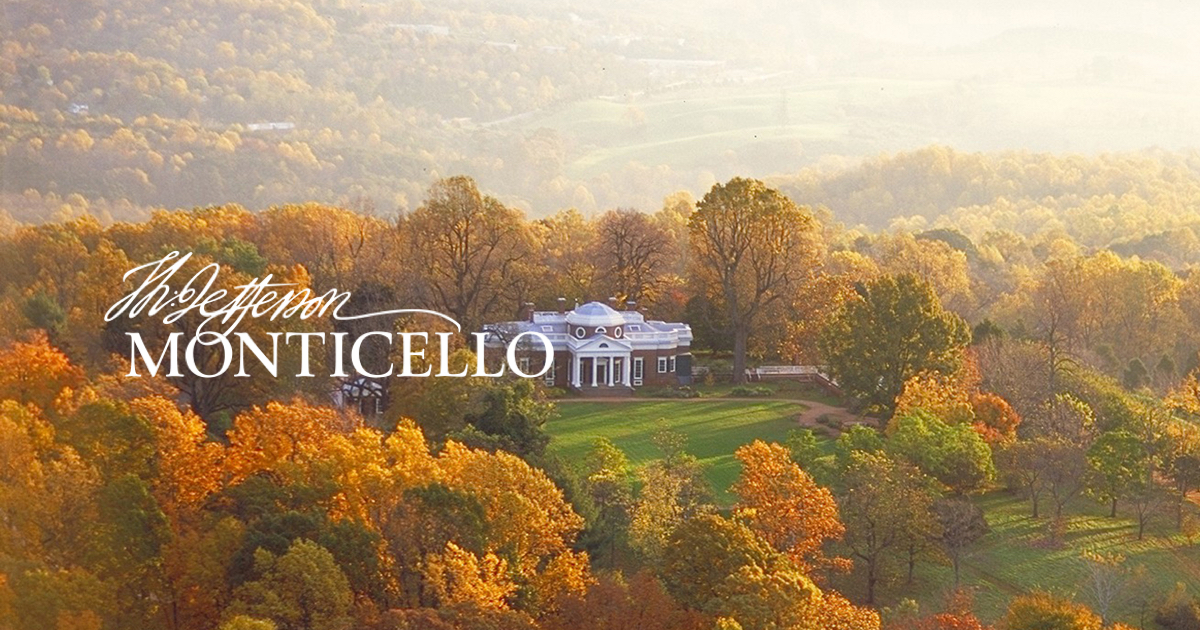- Mentor Local Buzz
- Pages
- What is the Name of Thomas Jefferson's Main House?

🤔 Today's Trivia Question:
What is the Name of Thomas Jefferson’s Main House?
Correct Answer: A) Monticello
Monticello, also known as "Little Mountain," served as Thomas Jefferson's residence from 1770 until his death in 1826. This architectural gem, designed by Jefferson himself, stands as a testament to his talents as one of America's pioneering architects. The home, continually modified over his lifetime, encapsulates Jefferson's multifaceted personality better than any other presidential domicile.
Jefferson, celebrated as a Renaissance man and a formidable Founding Father, played a crucial role in shaping American political landscape. His profound ideological clashes with Alexander Hamilton led to the creation of the two-party system, setting the stage for competing visions of America that would dominate the politics of the 19th century and beyond. Despite his proclamation that "all men are created equal," Jefferson's legacy is also marked by contradictions, notably his ownership of 200 enslaved individuals and vast tracts of land, while he championed the small-scale farmer as democracy's backbone.
The construction of Monticello began in 1769 on a plantation Jefferson inherited from his father. The site, a childhood haunt, took years to develop into the sophisticated residence that would later impress European visitors despite its ongoing construction. Jefferson's architectural inspiration came largely from the works of Andrea Palladio, which he studied voraciously.
Jefferson's political career was equally illustrious. Known as "the penman" of the American Revolution, his early writings and legal acumen led to his drafting of the Declaration of Independence in 1776. His political journey included a stint as Virginia's governor and later, as the U.S. Secretary of State under George Washington. However, his tenure was marred by disagreements with Hamilton over the direction of the new nation, advocating for a decentralized agrarian society against Hamilton's vision of a strong federal government and industrialization.
During Jefferson's presidency, his notable achievements included the Louisiana Purchase and the initiation of the Lewis and Clark expedition. Despite his successes, the unpopular trade embargo he enacted towards the end of his presidency led him to retire from politics, returning to his beloved Monticello. Here, he focused on personal projects, including the expansion and redesign of his home into a 21-room Neoclassical mansion that featured innovative designs like hidden dumbwaiters and disappearing beds.
In his later years, Jefferson dedicated himself to establishing the University of Virginia, though his life was also burdened by financial woes. He died on July 4, 1826, leaving behind a complex legacy mirrored in the halls of Monticello. The estate later passed through various hands until the Thomas Jefferson Memorial Foundation acquired and restored it, preserving Jefferson's intricate designs and the insight they provide into this enigmatic figure's life and work.
See NPS.gov for more details.
Click the Image Below to View the Impressive Website for Monticello
